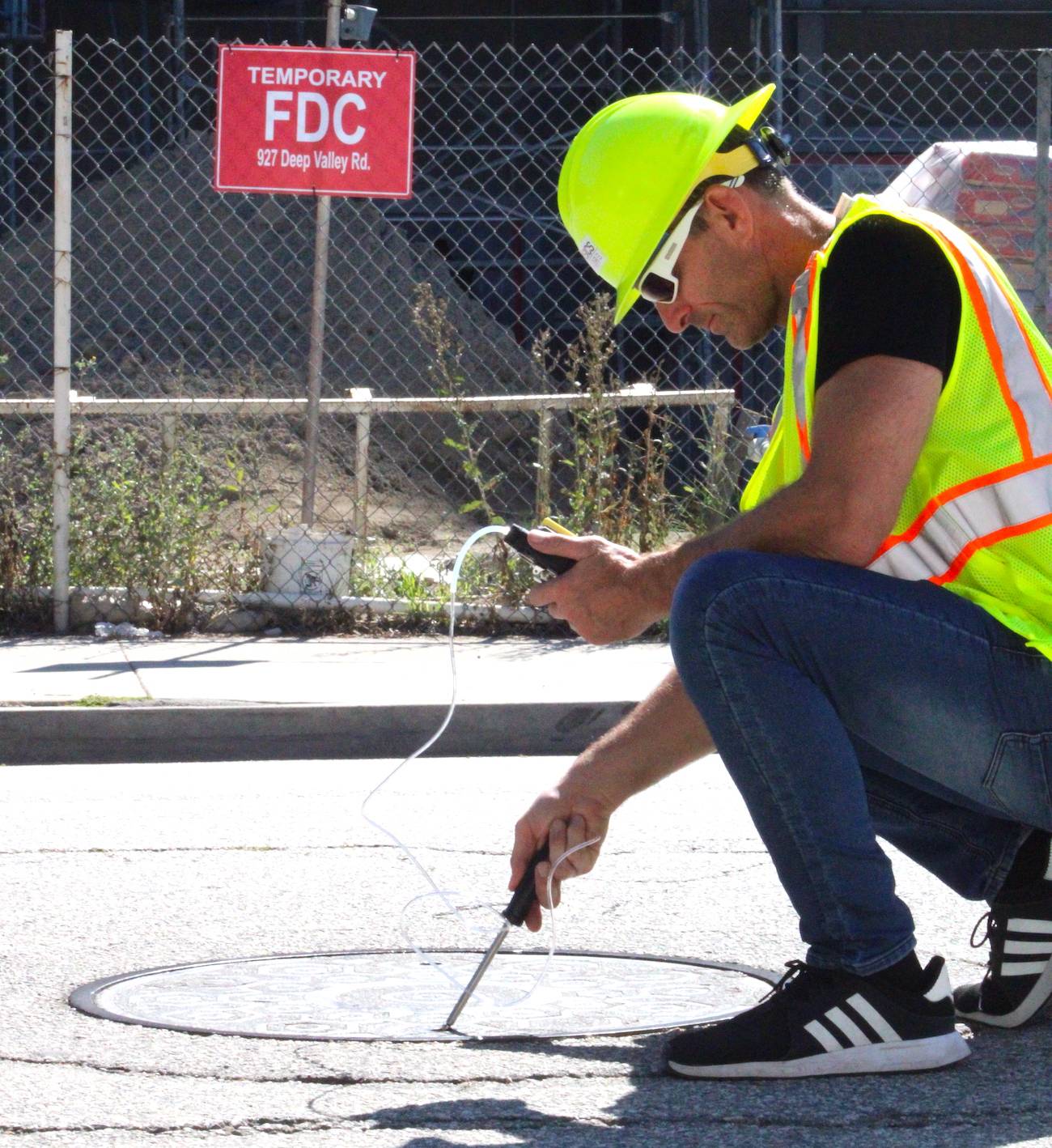Gas detection plays a pivotal role in ensuring safety when working with flammable gases. One of the key concepts to understand in this field is the difference between LEL and UEL. Flammability limits, also known as explosive limits, define the concentration range at which a mixture of combustible or flammable materials and air can burn.
The Lower Explosive Limit (LEL) is the lowest concentration of a gas or vapor in air that can produce a fire in the presence of an ignition source. On the other hand, the Upper Explosive Limit (UEL) is the highest concentration of a gas or vapor in air that can produce a fire. Safety systems and gas monitoring systems are designed to keep the concentration of flammable gases below their respective LEL levels to prevent combustion or explosion.
Understanding LEL and UEL Definitions
When it comes to gas detection, understanding the definitions of LEL and UEL is essential. LEL, which stands for Lower Explosive Limit, refers to the lowest concentration of a gas or vapor in the air that can produce a flash of fire in the presence of an ignition source. It is also sometimes referred to as the lower flammable limit (LFL). On the other hand, UEL, or Upper Explosive Limit, represents the highest concentration of a gas or vapor in the air that can produce a flash of fire in the presence of an ignition source.
Concentrations above the UEL are considered “too rich” to burn. Each combustible gas has its own specific LEL and UEL ranges. Maintaining gas concentrations below these limits is crucial to prevent combustion or explosion incidents from occurring. By monitoring and controlling gas levels within safe thresholds, the risk of fire and explosion can be effectively mitigated.
| Gas | LEL Range | UEL Range |
|---|---|---|
| Methane | 5% – 15% | 5% – 15% |
| Propane | 2.1% – 9.5% | 2.1% – 9.5% |
| Butane | 1.5% – 8.4% | 1.9% – 8.4% |
As demonstrated in the table above, different gases have varying LEL and UEL ranges. These ranges must be taken into consideration to ensure the appropriate safety measures are implemented. Gas detectors and monitoring systems are crucial in continuously monitoring gas concentrations and keeping them within safe limits. By doing so, the risk of a combustible gas-air mixture reaching its flammability limits is minimized, reducing the potential for accidents and ensuring a safe working environment.
Importance of LEL and UEL in Gas Monitoring Systems
Gas monitoring systems are essential for ensuring the safety of both people and property. These systems play a crucial role in monitoring and controlling flammable gas concentrations, helping to prevent hazardous situations. By keeping gas concentrations below their respective Lower Explosive Limit (LEL), gas monitoring systems mitigate the risk of fire or explosion.
Gas detectors or monitoring systems are calibrated to detect and measure gas concentrations ranging from 0% LEL to 100% LEL. This wide range allows for the early detection of gas leaks or the buildup of flammable gases in the environment. With timely detection, appropriate measures can be taken to eliminate the source of the gas or gas leak and prevent the formation of a combustible gas-air mixture.
Continuous monitoring of gas concentrations is crucial for maintaining a safe environment. By ensuring that gas concentrations remain below the LEL, gas monitoring systems provide early warnings and allow for prompt action to reduce the risk of fire or explosion. These systems are especially important in high-risk industries such as oil and gas, chemical plants, and manufacturing facilities where the presence of flammable gases is common.
Gas monitoring systems are typically equipped with visual and audible alarms to alert personnel when gas concentrations exceed safe levels. These alarms act as an additional layer of protection, providing an immediate warning to evacuate or take appropriate safety measures. With accurate and reliable gas monitoring systems in place, potential incidents can be averted, avoiding serious consequences.
Implementing gas monitoring systems is not only a regulatory requirement but also a crucial investment in safety. These systems save lives, prevent property damage, and minimize the negative impact on the environment. By continuously monitoring and controlling gas concentrations below the LEL, gas monitoring systems ensure a safer working environment for everyone.
Gas monitoring systems and detectors are designed to be reliable and easy to use, providing round-the-clock protection. Regular maintenance and calibration are necessary to ensure their accuracy and proper functioning. It is essential to follow manufacturer’s guidelines and industry best practices to maximize the effectiveness of gas monitoring systems.
Conclusion
Understanding the difference between LEL and UEL is crucial in gas detection and the prevention of hazards. The Lower Explosive Limit (LEL) represents the lowest concentration at which a gas or vapor can produce a fire, while the Upper Explosive Limit (UEL) represents the highest concentration at which a fire can occur. By keeping gas concentrations below the LEL, gas monitoring systems play a vital role in maintaining safety and preventing combustion or explosion incidents.
Continuous monitoring and control of flammable gas concentrations are key aspects of gas detection. Gas monitoring systems are specifically designed to detect and measure gas concentrations, ensuring they remain below the LEL to mitigate the risk of fire or explosion. These systems are calibrated to detect gas concentrations within the 0% LEL to 100% LEL range, allowing for the timely identification of gas leaks or the accumulation of flammable gases.
Being aware of LEL and UEL enables us to implement effective safety measures and protect against the risks associated with flammable gases. By investing in reliable gas monitoring systems and maintaining awareness of gas concentration levels, individuals and organizations can ensure a safe working environment and minimize the potential for accidents or catastrophic events. Understanding LEL and UEL is vital for anyone working with or around flammable gases, as it empowers them to prioritize safety and take proactive measures to prevent incidents.

